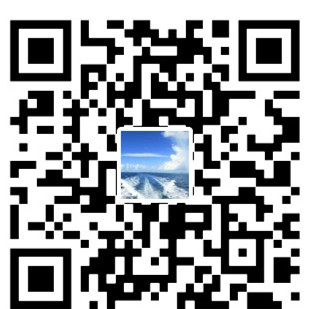还记得我们前面讲过的Python自动化测试–关于datetime的一点思考吗?
我们使用pytz来处理时间,最后还自己实现了一个时间类来更好的处理现实问题,今天我们介绍一个更加方便的方式:
Arrow: better dates and times for Python。
1.安装
2.简单使用
可以看到,qrrow带有时区信息。 还记得我们上次讲过的datetime类型吗? 由此可见,arrow的时间是time clock aware的。 跟datetime的 naive类型不一样。
那么,如果我们想得到navie类型的时间,该怎么做呢?
|
|
3.其它常用方法
arrow.get(x)
|
|
Properties
|
|
Get any datetime value:
Call datetime functions that return properties:
|
|
Replace&Shift 更改时间
|
|
Format
|
|
Convert 时间转换
|
|
以上就是arrow的大致用法,是不是比pytz要简单些? 对应到我们前面的问题,如何判断t1==t2呢?
答案不言而喻:
总结一下, arrow是一个非常优秀的关于时间处理的第三方库,有了它,你可以更高效的处理时间参数了!


